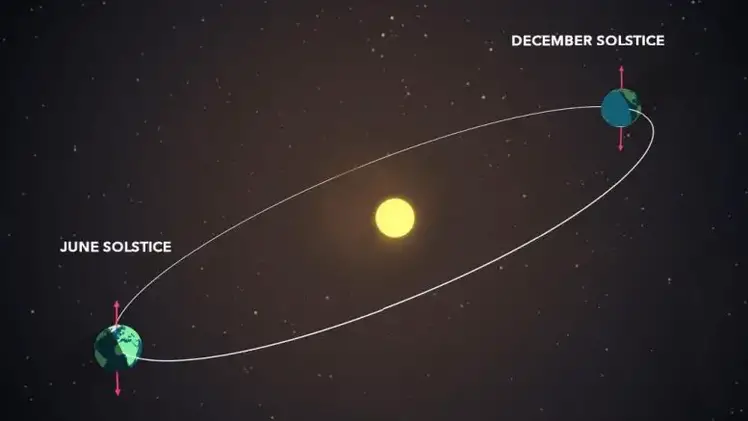The term “Full Strawberry Moon” traces its roots back to the Algonquin tribes located in the northeastern part of the United States. Contrary to what the name might suggest, the “Strawberry Moon” does not refer to any change in the color of the Moon. Rather, it aligns with the period in June when strawberries would be maturing and ready for harvest. This naming convention has endured through numerous generations and is still widely recognized and used today.

June offers two key astronomical events: the Full Strawberry Moon on June 3, named after the strawberry harvest season, and the summer solstice on June 21, marking the start of the summer in the Northern Hemisphere and winter in the Southern Hemisphere. These events have historically shaped calendars, traditions, and farming practices.
Sky enthusiasts, start off summer by witnessing two extraordinary celestial events in June – the Full Strawberry Moon and the summer solstice. These events hold both historical and cultural significance.

The Moon rises as a Metrorail car crosses the Potomac River in Washington D.C. on July 16, 2019 – 50 years to the day after astronauts Neil Armstrong, Michael Collins, and Buzz Aldrin launched on Apollo 11, the first mission to land astronauts on the Moon. Credit: NASA/Bill Ingalls
The Full Strawberry Moon, depending on one’s time zone, will illuminate the night sky on June 3. Although the exact moment of full moon occurs when the Moon is opposite the Earth from the Sun, its full appearance will extend for about a day before and after the event. Remember to bring binoculars or a telescope to see all of the details of the Moon’s craters and other lunar features.
The name “Full Strawberry Moon” originated from the Algonquin tribes in the northeastern United States. This full moon occurred during the month of June when strawberries were ripening and ready to be harvested. The name “Strawberry Moon” has been passed down through generations and continues to be used by many today.

Diagram of the Earth’s alignment with the Sun for the June and December solstices. Credit: NASA
Later in the month on June 21, the summer solstice will mark the beginning of the astronomical summer and the longest day in the Northern Hemisphere, and the start of winter and the shortest day in the Southern Hemisphere. This change in season is due to the 23.5-degree tilt of the Earth’s axis compared to its orbit around the sun, allowing the most direct sunlight to reach the Northern Hemisphere this month.
Throughout history, this celestial event has played a crucial role in various civilizations, shaping their calendars, traditions, and agricultural practices. Farmers would rely on the June Solstice to determine when to plant and harvest crops. The solstice’s timing influenced the development of many calendars, such as the ancient Roman calendar and the modern Gregorian calendar.
Enjoy the seasonal change as you watch the skies!
What are some skywatching highlights in June 2023? Mars and Venus draw closer throughout the month, while Saturn leads Jupiter into the morning sky. Bright stars Spica and Arcturus shine brightly overhead on June evenings, along with the Summer Triangle. And the June solstice, on the 21st, has a special claim to fame. Credit: NASA/JPL





